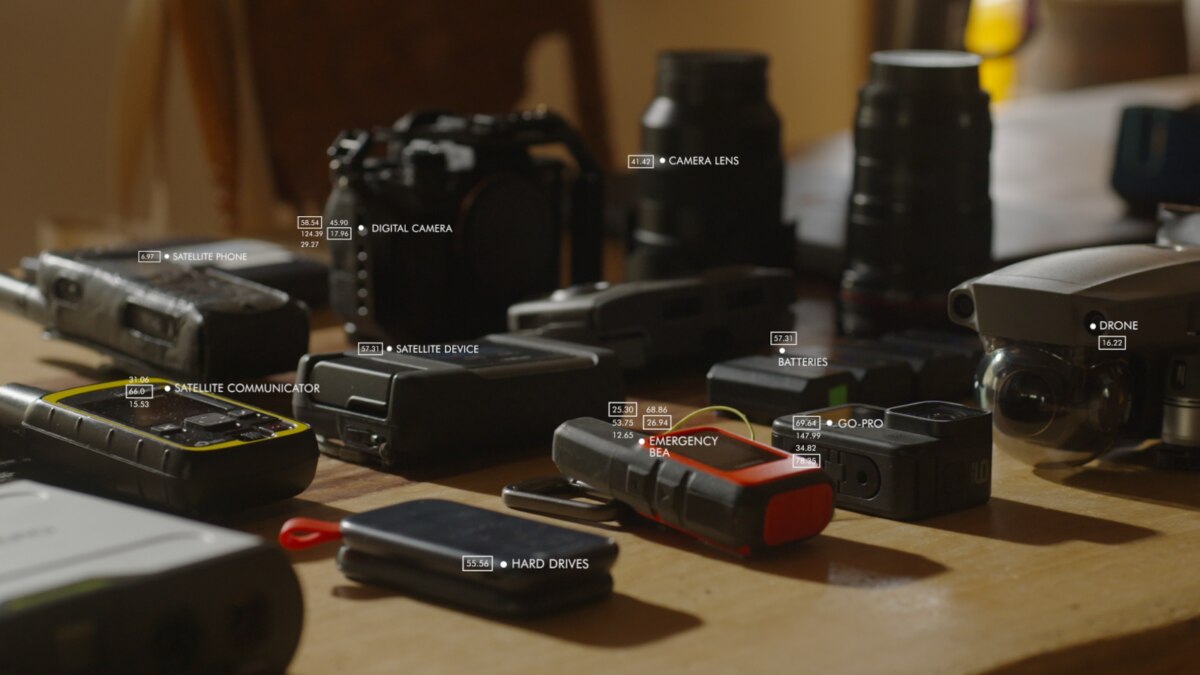Capturing the Wild: How Arm Technology Fuels Frederique Olivier’s Cinematography Expeditions

Frederique Olivier, a dedicated wildlife and landscape cinematographer, is on a mission to inspire people by highlighting the beauty of the natural world. Traveling to fascinating, often remote locations, she uses the latest camera technology to painstakingly bring to life stunning wildlife images. Her time-lapse work captures natural phenomena, like the subtle movement of ice and the ever changing sky, and her aerial work follows the behavior of exotic animals such as polar bears and bowhead whales, bringing these images to those who may never experience them firsthand. Through her lens, Frederique helps others gain a deeper appreciation of the environment, fostering a connection that she hopes will inspire greater respect and preservation.
The tech powering Frederique’s latest expedition
Frederique’s recent expedition to Baffin Island brought her face to face with some of the most remote and extreme conditions on Earth. As temperatures ranged from minus 10 °C to minus 25 °C, she endured furious wind shifts that nearly blew away the camp. To maintain productivity in such weather, the camera tools and technologies she requires need to not only survive the expedition but continue to function efficiently throughout it. That’s why she relies on cutting-edge technology for both logistics—safety, communication, and navigation—as well as cinematography.
Equipped with a drone for aerial 4K UHD footage, a mirrorless digital camera, a GoPro pole cam, and a suite of high-tech navigation and messaging tools, Frederique captures stunning footage in the harshest conditions. She also uses portable wireless hard drives with built-in batteries to back up footage in the field, protecting her work from potential loss. These tools are lighter, more energy efficient, and more reliable than ever, enabling her to push the boundaries of what’s possible in wildlife cinematography while driving next-generation experiences on Arm technology.
During expeditions, the technology Frederique uses is not just about capturing and storing images; it’s also about ensuring safety and maintaining communication with the outside world. Depending on the filming location, she sometimes journeyed 15 to 20 kilometers in a day. Satellite-based messaging and navigation devices like the inReach and Iridium Go allowed her to stay connected through her smartphone, ensuring peace of mind even in the most remote spots.

Throughout her journey, many of the devices she depends on are powered by Arm.
How do Arm processors support wildlife cinematography?
Known for the world’s most power-efficient CPUs, Arm processors deliver high performance, enabling next-generation AI and smart devices, from tiny sensors to smartphones, cameras, and data centers. In extreme environments, Arm’s energy-efficient compute technology is critical to Frederique’s work allowing her to efficiently and productively ply her craft. In cold conditions, the battery life of drones and cameras can diminish quickly so there’s a critical need for a more power-efficient processor to support battery powered devices. Sourcing power can be a challenge, as solar panels could not always be used due to mountain shadows and a generator was required to charge the drone. This highlights the importance of energy efficient tools to minimize power needs.
Designed to improve data processing speeds, Arm advancements in performance, power efficiency and AI capabilities, help Frederique’s equipment—from cameras to communications, along with her drone and smartphone—perform complex tasks, such as stabilizing images, enhancing picture quality, and processing data in real-time. The lightweight, high-performance nature of Arm-powered devices means she can carry the needed tools without being weighed down or at the mercy of limited power or availability. Rather than worrying about whether her devices will work, she can focus on finding the best shooting locations.

Enhancing Frederique’s ability to shoot breathtaking images with greater efficiency, Arm processors power the AI elements of her cameras. These technologies not only improve overall image quality but can adapt to varying lighting and environmental conditions, a key component to shooting successfully in the wild. AI can even sift through hours of digital footage to quickly and accurately analyze the movement patterns of specific animals, so she can take advantage of more optimal shooting locations. These features have heightened her appreciation of how much data an Arm processor can handle, along with its ability to power her equipment more efficiently.
Powering tomorrow’s expeditions with power-efficient Arm processors
As Frederique continues to explore new frontiers in wildlife cinematography, Arm processors remain a key enabler of her equipment and work. Helping her bring the wonders of the wild to audiences around the globe, the Arm-powered technology powers and amplifies her mission through the challenges of each expedition. Sharing her unique perspective with the world, she not only documents the incredible, often unseen beauty of nature but also inspires others to appreciate and protect it.
Arm technology powers human achievement, enabling people with purpose—like Frederique—to accomplish extraordinary things. As technology evolves, Arm is at its core, driving innovation so we can all witness more remarkable achievements. To learn how other extraordinary people are using Arm technology, visit Purpose on Arm, dedicated to showcasing others who are finding their purpose on Arm.
Any re-use permitted for informational and non-commercial or personal use only.











